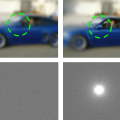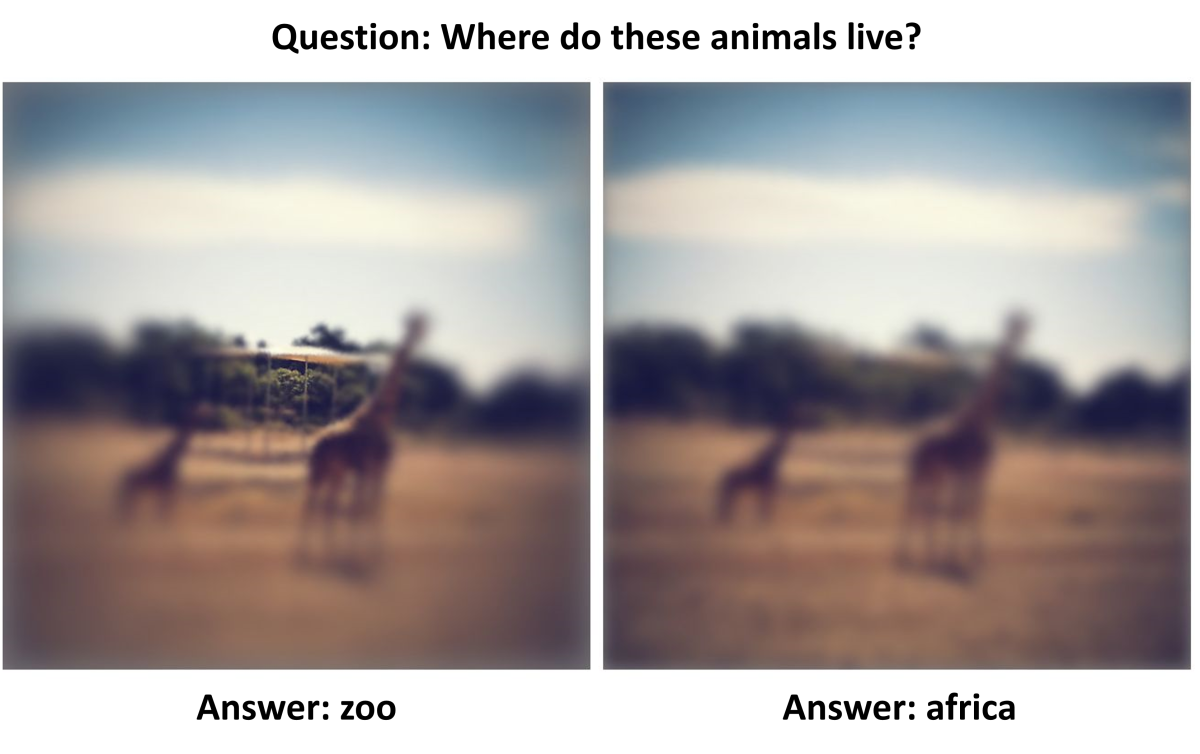-
 Large Field and High Resolution: Detecting Needle in Haystack
Large Field and High Resolution: Detecting Needle in HaystackThe growing use of convolutional neural networks (CNN) for a broad range of visual tasks, including tasks involving fine details, raises the problem of applying such networks to a large field of view, since the amount of computations increases significantly with the number of pixels. To deal effectively with this difficulty, we develop and compare methods of using CNNs for the task of small target localization in natural images, given a limited "budget" of samples to form an image. Inspired in part by human vision, we develop and compare variable sampling schemes, with peak resolution at the center and decreasing resolution with eccentricity, applied iteratively by re-centering the image at the previous predicted target location. The results indicate that variable resolution models significantly outperform constant resolution models. Surprisingly, variable resolution models and in particular multi-channel models, outperform the optimal, "budget-free" full-resolution model, using only 5% of the samples.
-
 Seeing more with less: human-like representations in vision models
Seeing more with less: human-like representations in vision modelsLarge multimodal models (LMMs) typically process visual inputs with uniform resolution across the entire field of view, leading to inefficiencies when non-critical image regions are processed as precisely as key areas. Inspired by the human visual system’s foveated approach, we apply a sampling method to leading architectures such as MDETR, BLIP2, InstructBLIP, LLaVA, and ViLT, and evaluate their performance with variable (foveated) resolution inputs. Results show that foveated sampling boosts accuracy in visual tasks like question answering and object detection under tight pixel budgets, improving performance by up to 2.7% on the GQA dataset, 2.1% on SEED-Bench, and 2.0% on VQAv2 compared to uniform sampling. Furthermore, we show that indiscriminate resolution increases yield diminishing returns, with models achieving up to 80% of their full capability using just 3% of the pixels, even on complex tasks. Foveated sampling prompts more human-like processing within models, such as neuronal selectivity and globally acting self-attention in vision transformers. This paper provides a foundational analysis of foveated sampling’s impact on existing models, suggesting that more efficient architectural adaptations, mimicking human visual processing, are a promising research venue for the community. Potential applications of our findings center low power minimal bandwidth devices (such as UAVs and edge devices), where compact and efficient vision is critical.

Computer Vision and Visual Intelligence

